Mercedes EQE SUV vs VW ID.7 - Differences and prices compared
Costs and Efficiency:
Price and efficiency are often the first things buyers look at. Here it becomes clear which model has the long-term edge – whether at the pump, the plug, or in purchase price.
VW ID.7 has a clearly advantage in terms of price – it starts at 46400 £, while the Mercedes EQE SUV costs 71600 £. That’s a price difference of around 25178 £.
In terms of energy consumption, the advantage goes to the VW ID.7: with 13.60 kWh per 100 km, it’s clearly perceptible more efficient than the Mercedes EQE SUV with 18.30 kWh. That’s a difference of about 4.70 kWh.
As for range, the VW ID.7 performs a bit better – achieving up to 708 km, about 97 km more than the Mercedes EQE SUV.
Engine and Performance:
Power, torque and acceleration say a lot about how a car feels on the road. This is where you see which model delivers more driving dynamics.
When it comes to engine power, the Mercedes EQE SUV has a clearly edge – offering 625 HP compared to 340 HP. That’s roughly 285 HP more horsepower.
In acceleration from 0 to 100 km/h, the Mercedes EQE SUV is clearly quicker – completing the sprint in 3.70 s, while the VW ID.7 takes 5.40 s. That’s about 1.70 s faster.
In terms of top speed, the Mercedes EQE SUV performs distinct better – reaching 240 km/h, while the VW ID.7 tops out at 180 km/h. The difference is around 60 km/h.
There’s also a difference in torque: Mercedes EQE SUV pulls evident stronger with 950 Nm compared to 679 Nm. That’s about 271 Nm difference.
Space and Everyday Use:
Whether family car or daily driver – which one offers more room, flexibility and comfort?
Seats: offers more seating capacity – vs .
In curb weight, VW ID.7 is to a small extent lighter – 2180 kg compared to 2440 kg. The difference is around 260 kg.
In terms of boot space, the VW ID.7 offers slight more room – 532 L compared to 520 L. That’s a difference of about 12 L.
In maximum load capacity, the Mercedes EQE SUV performs slight better – up to 1675 L, which is about 89 L more than the VW ID.7.
When it comes to payload, Mercedes EQE SUV to a small extent takes the win – 580 kg compared to 465 kg. That’s a difference of about 115 kg.
Who comes out on top?
Overall, the Mercedes EQE SUV shows itself to be leaves the rival little chance and secures the title of DriveDuel Champion.
It convinces with the more balanced overall package and proves to be the more versatile choice for everyday use.
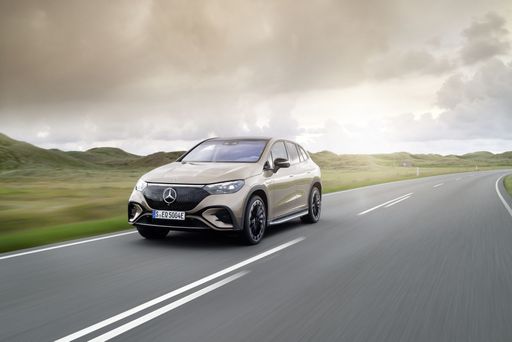 @ Mercedes-Benz Group Media
@ Mercedes-Benz Group Media
Mercedes EQE SUV
Costs and Consumption
View detailed analysis
Engine and Performance
View detailed analysis
Dimensions and Body
View detailed analysis
Mercedes EQE SUV
The Mercedes EQE SUV wraps silent electric power in a sumptuous, tech-filled shell, offering a cocoon-like cabin that makes long journeys feel indulgent. It’s not a driver's toy but a sophisticated cruiser for buyers who want luxury, space and futuristic gadgetry without shouting for attention.
details @ Mercedes-Benz Group Media
@ Mercedes-Benz Group Media
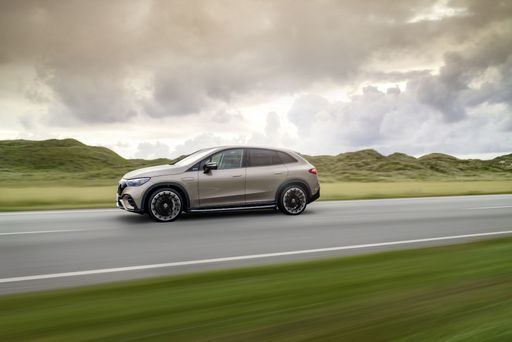 @ Mercedes-Benz Group Media
@ Mercedes-Benz Group Media
 @ Mercedes-Benz Group Media
@ Mercedes-Benz Group Media
 @ Mercedes-Benz Group Media
@ Mercedes-Benz Group Media
VW ID.7
VW ID.7 arrives as Volkswagen's electric grand tourer, pairing a low-slung, aerodynamic silhouette with a calm, understated interior that prioritizes comfort and space. It’s a sensible choice for buyers who want a relaxed, high-tech cruiser that covers motorway miles with poise rather than bravado.
details @ Volkswagen AG / VW Media
@ Volkswagen AG / VW Media
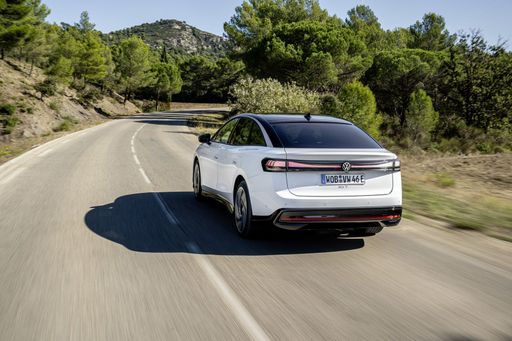 @ Volkswagen AG / VW Media
@ Volkswagen AG / VW Media
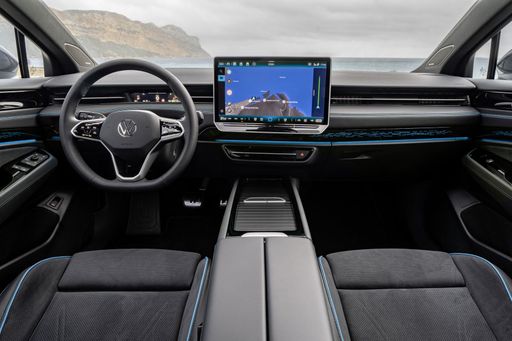 @ Volkswagen AG / VW Media
@ Volkswagen AG / VW Media
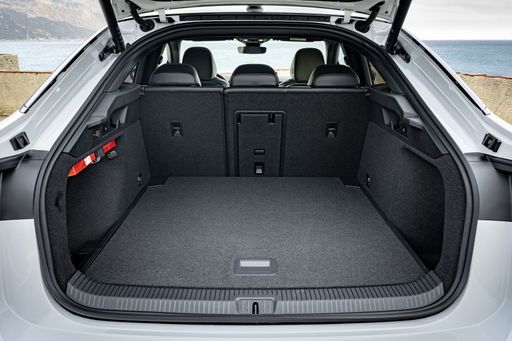 @ Volkswagen AG / VW Media
@ Volkswagen AG / VW Media
 @ Mercedes-Benz Group Media
@ Mercedes-Benz Group Media
|
 @ Volkswagen AG / VW Media
@ Volkswagen AG / VW Media
|
|
|
|
Costs and Consumption |
|
|---|---|
|
Price
71600 - 125100 £
|
Price
46400 - 54200 £
|
|
Consumption L/100km
-
|
Consumption L/100km
-
|
|
Consumption kWh/100km
18.3 - 23.1 kWh
|
Consumption kWh/100km
13.6 - 16.2 kWh
|
|
Electric Range
453 - 611 km
|
Electric Range
594 - 708 km
|
|
Battery Capacity
90.5 - 96 kWh
|
Battery Capacity
77 - 86 kWh
|
|
co2
0 g/km
|
co2
0 g/km
|
|
Fuel tank capacity
-
|
Fuel tank capacity
-
|
Dimensions and Body |
|
|---|---|
|
Body Type
SUV
|
Body Type
Hatchback
|
|
Seats
5
|
Seats
5
|
|
Doors
4
|
Doors
5
|
|
Curb weight
2440 - 2615 kg
|
Curb weight
2180 - 2325 kg
|
|
Trunk capacity
520 L
|
Trunk capacity
532 L
|
|
Length
4863 - 4879 mm
|
Length
4961 mm
|
|
Width
1940 mm
|
Width
1862 mm
|
|
Height
1672 - 1685 mm
|
Height
1535 - 1536 mm
|
|
Max trunk capacity
1675 L
|
Max trunk capacity
1586 L
|
|
Payload
505 - 580 kg
|
Payload
460 - 465 kg
|
Engine and Performance |
|
|---|---|
|
Engine Type
Electric
|
Engine Type
Electric
|
|
Transmission
Automatic
|
Transmission
Automatic
|
|
Transmission Detail
Reduction Gearbox
|
Transmission Detail
Reduction Gearbox
|
|
Drive Type
All-Wheel Drive, Rear-Wheel Drive
|
Drive Type
Rear-Wheel Drive, All-Wheel Drive
|
|
Power HP
265 - 625 HP
|
Power HP
286 - 340 HP
|
|
Acceleration 0-100km/h
3.7 - 7.1 s
|
Acceleration 0-100km/h
5.4 - 6.6 s
|
|
Max Speed
210 - 240 km/h
|
Max Speed
180 km/h
|
|
Torque
550 - 950 Nm
|
Torque
545 - 679 Nm
|
|
Number of Cylinders
-
|
Number of Cylinders
-
|
|
Power kW
195 - 460 kW
|
Power kW
210 - 250 kW
|
|
Engine capacity
-
|
Engine capacity
-
|
General |
|
|---|---|
|
Model Year
2023 - 2025
|
Model Year
2023 - 2024
|
|
CO2 Efficiency Class
A
|
CO2 Efficiency Class
A
|
|
Brand
Mercedes-Benz
|
Brand
VW
|
What drive types are available for the Mercedes EQE SUV?
Available configurations include All-Wheel Drive or Rear-Wheel Drive.
The prices and data displayed are estimates based on German list prices and may vary by country. This information is not legally binding.
